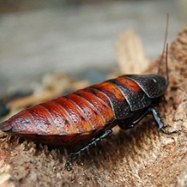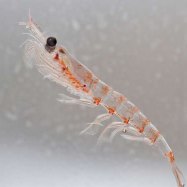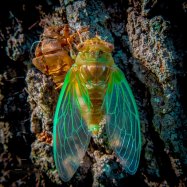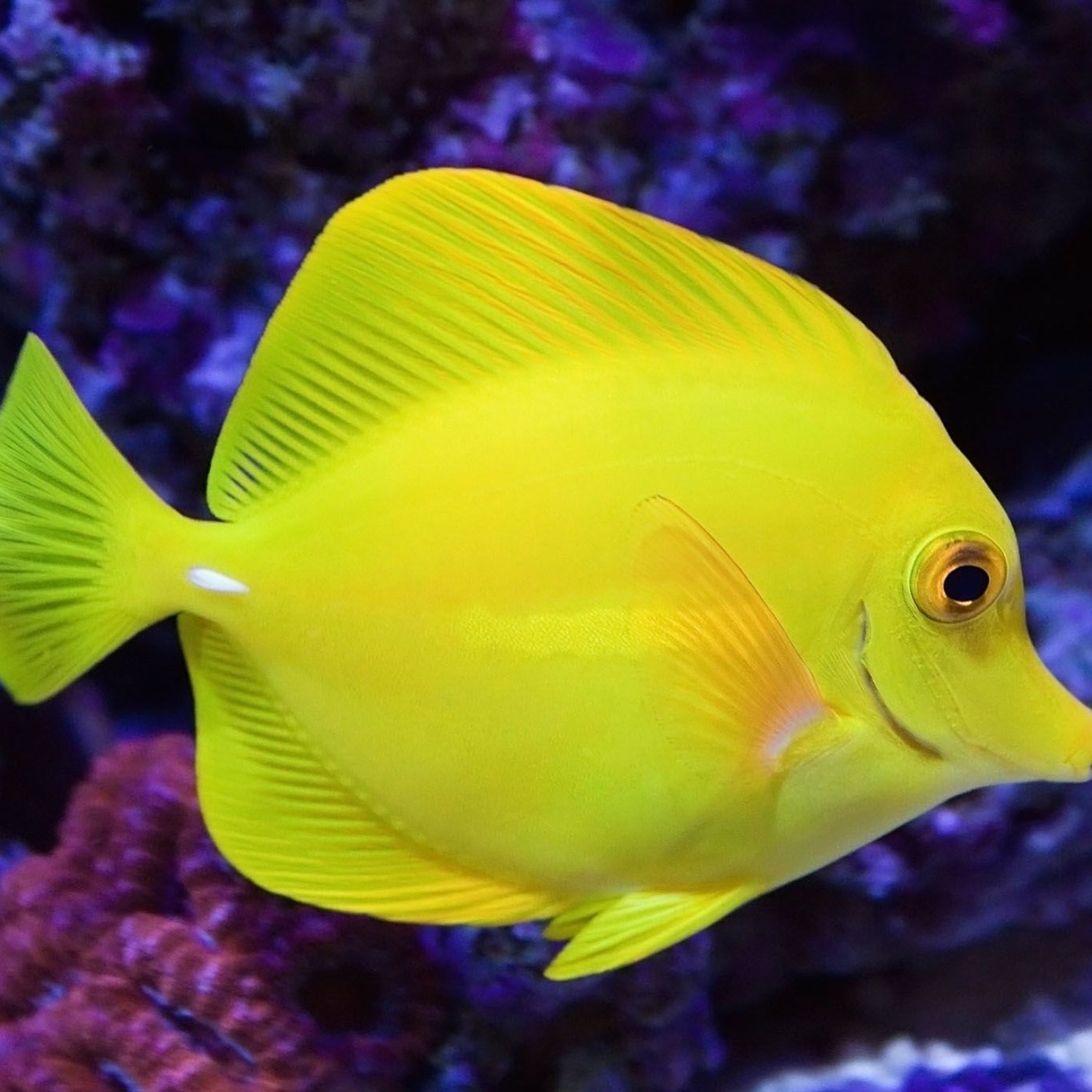
Bonito Fish
Up to 1.2 meters
Bonito fish, found in North Atlantic and Mediterranean, is a streamlined, agile swimmer with a maximum length of 1.2 meters. Belonging to the Scombridae family, this highly sought-after fish is known for its delicious taste and is a popular choice among seafood lovers. Keep an eye out for this magnificent animal on your next ocean adventure. #BonitoFish #NorthAtlantic #Mediterranean
Animal Details Summary:
Common Name: Bonito Fish
Kingdom: Animalia
Habitat: Coastal waters, open seas
Bonito Fish: The Ocean's Sleek and Powerful Hunter
In the vast depths of the world's oceans, there is a creature that stands out among the rest. With its striking colors and impressive size, the Bonito Fish is a formidable predator that commands respect. This sleek and powerful hunter is not only a marvel to behold but also an essential part of the marine ecosystem. In this article, we will delve into the world of Bonito Fish and discover what makes it such a remarkable species Bonito Fish.Discovering the Bonito Fish
The Bonito Fish, scientifically known as Sarda sarda, is a member of the Scombridae family, which includes other fish such as tuna and mackerel. It is commonly referred to as the Bonito fish, which comes from the Spanish word "bonito," meaning beautiful or pretty. And it's no surprise why this fish was given such a name.They have a streamlined body with a dark blue-green on their back that lightens to a silver-white color on their belly. This unique coloration serves as camouflage, making it difficult for predators to spot them from above and below. This physical feature is crucial for their survival as they are constantly on the lookout for danger in the open seas.
Around the World with Bonito Fish
Bonito Fish has a vast geographical distribution, with a presence in the Atlantic Ocean, Mediterranean Sea, and the Black Sea. However, their primary habitat is in the coastal waters and open seas. These fish can be found in abundance off the coasts of Spain, Portugal, and France, where they are caught in abundance by fishermen Basilisk Lizard.One of the primary reasons for this wide distribution is their remarkable ability to adapt to different environments. This characteristic allows them to thrive in different conditions, making them a formidable species in different parts of the world. Their adaptability also makes them a vital part of the marine food chain.
The Hunter and Its Prey
As carnivorous creatures, Bonito fish have a particular feeding method that is essential to their survival. They primarily feed on smaller fish, such as sardines, anchovies, and squid. With their excellent camouflage and streamlined body, they can quickly move through the water, making it easier to catch their prey.Bonito fish also have powerful jaws and sharp teeth, allowing them to tear through their prey with ease. This feature makes them top predators in their ecosystem, maintaining a balance in marine life. Interestingly, Bonito fish also display a unique feeding behavior known as "ossobucoing," where they strike their prey with their tail to stun them before eating them.
The Impact of Bonito Fish on Our Oceans
Bonito fish play a significant role in maintaining the balance of marine life. As top predators, they control the population of their prey, ensuring that their food sources do not become depleted. This balance ultimately affects the entire marine ecosystem, as each species plays a crucial role in maintaining the health and stability of the ocean.Furthermore, Bonito fish are also a vital part of the fishing industry. Their high demand in various countries has led to commercial fishing for these fish. However, strict regulations and management practices have been put in place to ensure their conservation and sustainable fishing practices.
Exploring the Kingdom and Class of Bonito Fish
To understand the Bonito fish better, let's take a closer look at its classification in the kingdom Animalia and the class Actinopterygii.The Animal Kingdom
Bonito fish belong to the kingdom Animalia, which includes all animals on Earth, from the smallest insects to the largest whales. This kingdom is divided into various phyla, one of which is Chordata, where Bonito fish fall under.The Chordata Phylum
Chordata is the phylum that includes all animals with a backbone or spinal cord. Bonito fish have a spine, making them part of this phylum. Within this phylum, Bonito fish belong to the class Actinopterygii, which includes all fish with fins supported by numerous thin bones.The Order, Family, and Species of Bonito Fish
Bonito fish belong to the order Perciformes, which includes fish such as perch, sea bass, and tuna. This order is known for their remarkable agility and predatory skills, making them formidable hunters in the ocean.Within the Perciformes order, Bonito fish belong to the family Scombridae, which also includes other fish like tuna, mackerel, and bonito. As mentioned earlier, these fish are characterized by their streamlined bodies and sharp teeth.
Finally, within the Scombridae family, Bonito fish belong to the species sarda, which is derived from the Greek word "sardina" meaning sardine. This scientific name is used to distinguish the Bonito fish from other species in the family.
The Spanish and Portuguese Connection
While Bonito fish can be found in different parts of the world, its origins can be traced back to Spain and Portugal. These countries are known to have a rich fishing culture, and the Bonito fish is an important part of it.One of the most popular dishes in Spain is the Bonito del Norte, which is a canned tuna made from the Bonito fish. It is considered a delicacy and is served in different ways, such as in salads, sandwiches, or simply on its own. In Portugal, the Bonito fish is also highly valued, and you can find it in various dishes, including grilled steaks and soups.
Moreover, the Bonito fish also plays a significant role in the cultural and economic development of these countries. It is a valuable source of income for fishermen, and its popularity in the culinary world brings in a significant amount of revenue for the tourism industry.
In Conclusion
The Bonito fish is an impressive creature that has captivated the hearts of many with its striking appearance and notable characteristics. From its physical features and remarkable adaptability to its crucial role in the ocean's ecosystem, these fish are indeed a wonder of nature.As we continue to learn more about the ocean and its inhabitants, we must also understand the importance of preserving these species for future generations. With proper management and sustainable fishing practices, we can ensure the survival of the Bonito fish and other marine life, making our oceans a thriving and diverse ecosystem.

Bonito Fish
Animal Details Bonito Fish - Scientific Name: Sarda sarda
- Category: Animals B
- Scientific Name: Sarda sarda
- Common Name: Bonito Fish
- Kingdom: Animalia
- Phylum: Chordata
- Class: Actinopterygii
- Order: Perciformes
- Family: Scombridae
- Habitat: Coastal waters, open seas
- Feeding Method: Carnivorous
- Geographical Distribution: Atlantic Ocean, Mediterranean Sea, Black Sea
- Country of Origin: Spain, Portugal, France
- Location: North Atlantic, Mediterranean
- Animal Coloration: Dark blue-green on the back, silver-white on the belly
- Body Shape: Streamlined
- Length: Up to 1.2 meters
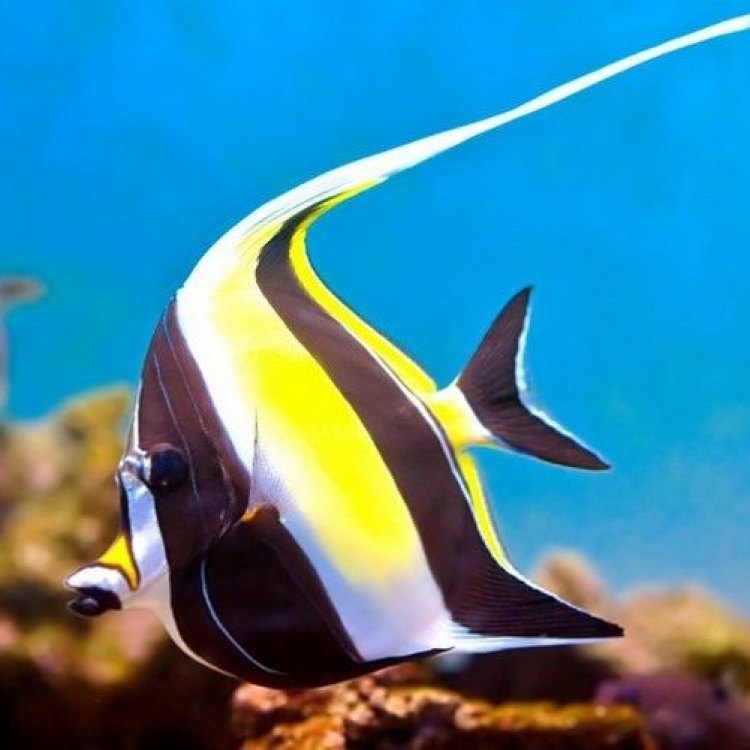
Bonito Fish
- Adult Size: Medium
- Average Lifespan: 8-10 years
- Reproduction: Sexual
- Reproductive Behavior: Spawning
- Sound or Call: None
- Migration Pattern: Migratory
- Social Groups: Solitary, small groups
- Behavior: Fast swimmers, highly migratory
- Threats: Overfishing, habitat loss, pollution
- Conservation Status: Data deficient
- Impact on Ecosystem: Important apex predator
- Human Use: Commercial and sport fishing
- Distinctive Features: Slender body, large pectoral fins, forked tail
- Interesting Facts: Known for their exceptional speed and agility
- Predator: Sharks, larger fish
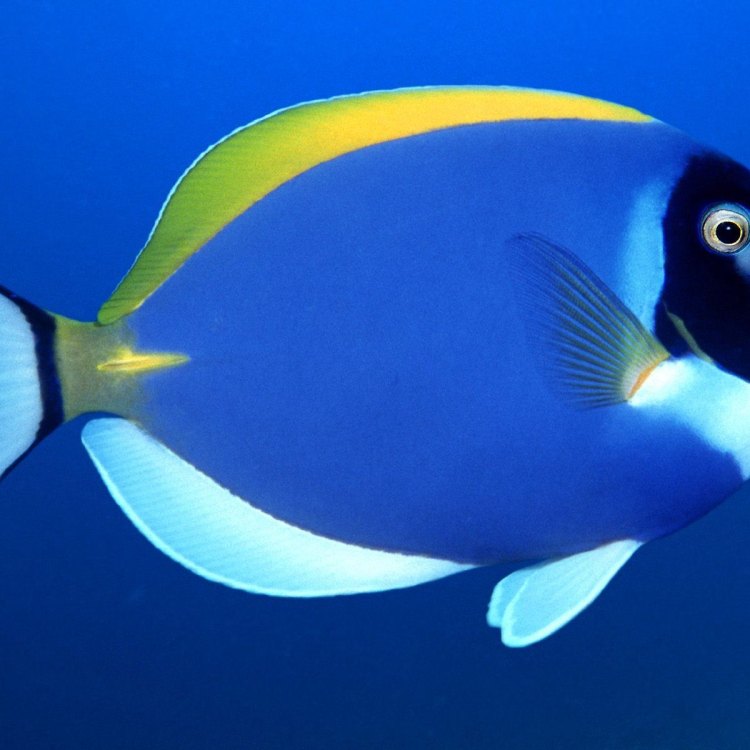
Sarda sarda
The Sleek and Mighty Bonito Fish: An Important Apex Predator with Exceptional Speed and Agility
The ocean is home to numerous fascinating creatures, each with their own unique characteristics. Among them is the bonito fish, a medium-sized pelagic species known for its remarkable physical abilities and significant role in the marine ecosystem. Despite its important ecological role, the bonito fish remains relatively unknown to many, and its conservation status is currently listed as data deficient. In this article, we will explore the distinctive features and interesting facts of the bonito fish, as well as the threats it faces and its role in the ecosystem PeaceOfAnimals.Com.The bonito fish, also known as Sarda sarda, belongs to the Scombridae family, which includes species such as tuna, mackerel, and bonito. They are found in waters around the world, particularly in Atlantic, Indian, and Pacific oceans. They have a slender body, typically measuring around 50-70 centimeters in length, with large pectoral fins and a distinctive forked tail. This enables them to swim at high speeds and change directions quickly, making them agile hunters.
Adult bonito fish typically live for 8-10 years, and their reproductive behavior is sexual. Like most fish, they have external fertilization, where the female releases eggs and the male fertilizes them. Bonito fish engage in spawning, where they gather in large groups and release their eggs and sperm into the water. Spawning usually takes place in oceanic waters, and the eggs hatch into larvae, which then migrate to coastal areas.
One interesting fact about bonito fish is that they do not produce any vocalizations or sounds, unlike some other marine species Bernese Mountain Dog. They communicate through visual cues, such as body movements and color changes.
Bonito fish are highly migratory, and their migration patterns vary depending on the region they are found in. In the Eastern Atlantic, they migrate from the Mediterranean Sea to the Gulf of Guinea, while in the Western Atlantic, they migrate from the Gulf of Mexico to Brazil. They are also found in the Mediterranean Sea, Black Sea, and the Caribbean. These fast-swimming fish can cover long distances in a short period, making them highly migratory.
In terms of behavior, bonito fish are known to be solitary or found in small groups. They are fast swimmers, capable of reaching speeds of up to 48 kilometers per hour, which makes them a challenging prey for predators. Their diet mainly consists of small fish, cephalopods, and crustaceans.
Despite their impressive speed and agility, bonito fish face several threats in their natural habitat. Overfishing is one of the primary threats, as they are commercially valuable and are also sought after for sport fishing. This puts immense pressure on their populations, and their numbers have declined in some regions. Other threats include habitat loss due to coastal development and pollution from oil spills and plastic debris, which can harm their health and disrupt their migratory patterns.
Due to these threats, the conservation status of bonito fish is currently listed as data deficient by the International Union for Conservation of Nature (IUCN). This means that there is not enough data available to determine their conservation status accurately. However, with the increasing pressure on their populations, it is crucial to monitor and assess their numbers to ensure their long-term survival.
Bonito fish play a significant role in the marine ecosystem as apex predators. As they are territorial and aggressive, they help to maintain the balance in the food chain by controlling the populations of smaller fish and maintaining healthy ecosystems. Additionally, they are also an important food source for larger predators, such as sharks and larger fish, further highlighting their vital role in the ocean.
Apart from their ecological significance, bonito fish also have cultural and economic importance. In several parts of the world, they are a popular food fish and are also caught for recreational purposes. In Japan, they are highly valued for their meat, which is preserved by salting, smoking, or pickling. In certain regions of the Mediterranean, bonito fish are also used in traditional celebrations and rituals.
In conclusion, the bonito fish is a remarkable species, known for its exceptional speed and agility. Although they may not be as well-known as some other marine species, they play a critical role in the ocean's health and are greatly valued by humans. However, their populations are under threat from various anthropogenic activities, and it is essential to take measures to conserve and protect this majestic fish. By understanding and appreciating the unique features and significance of the bonito fish, we can work towards ensuring its persistence in our oceans for generations to come.
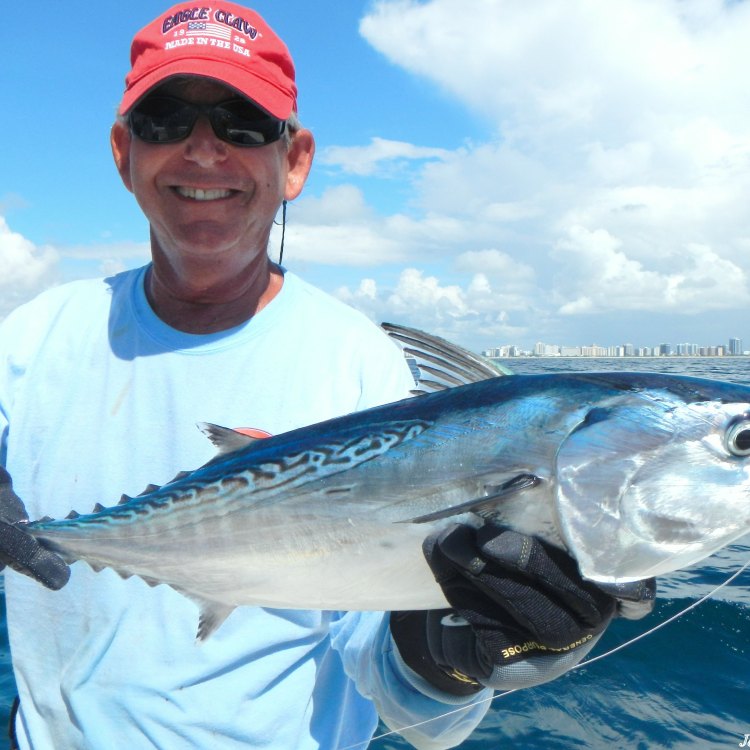
Bonito Fish: The Ocean's Sleek and Powerful Hunter
Disclaimer: The content provided is for informational purposes only. We cannot guarantee the accuracy of the information on this page 100%. All information provided here may change without prior notice.



